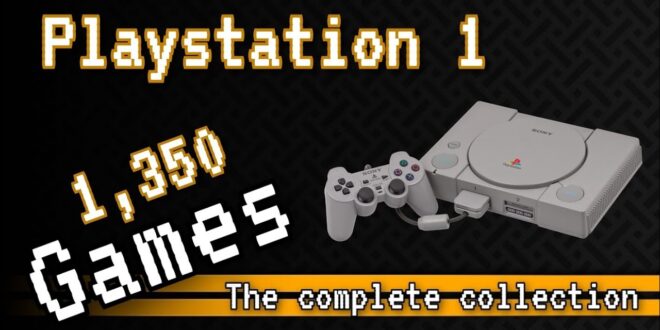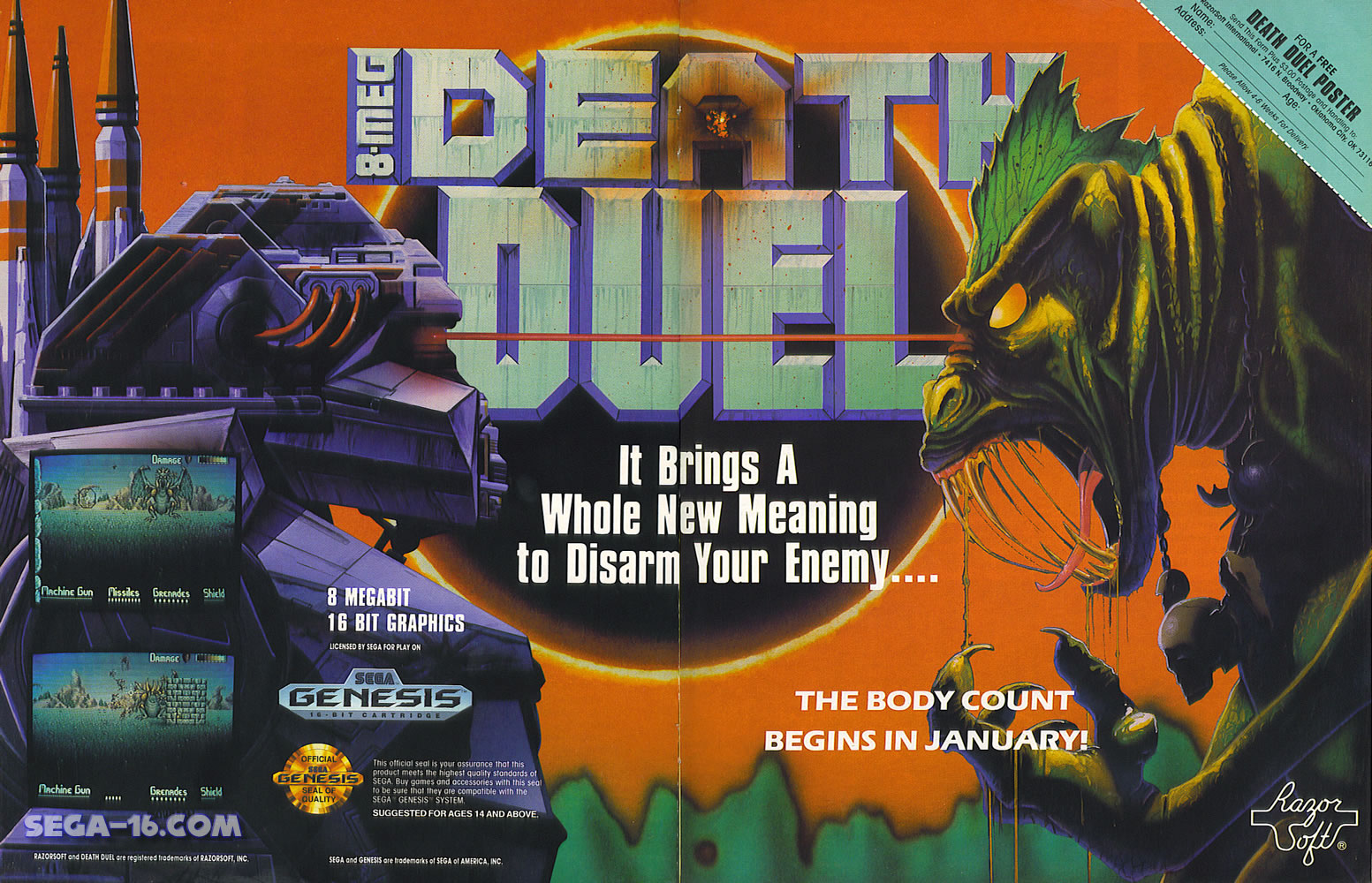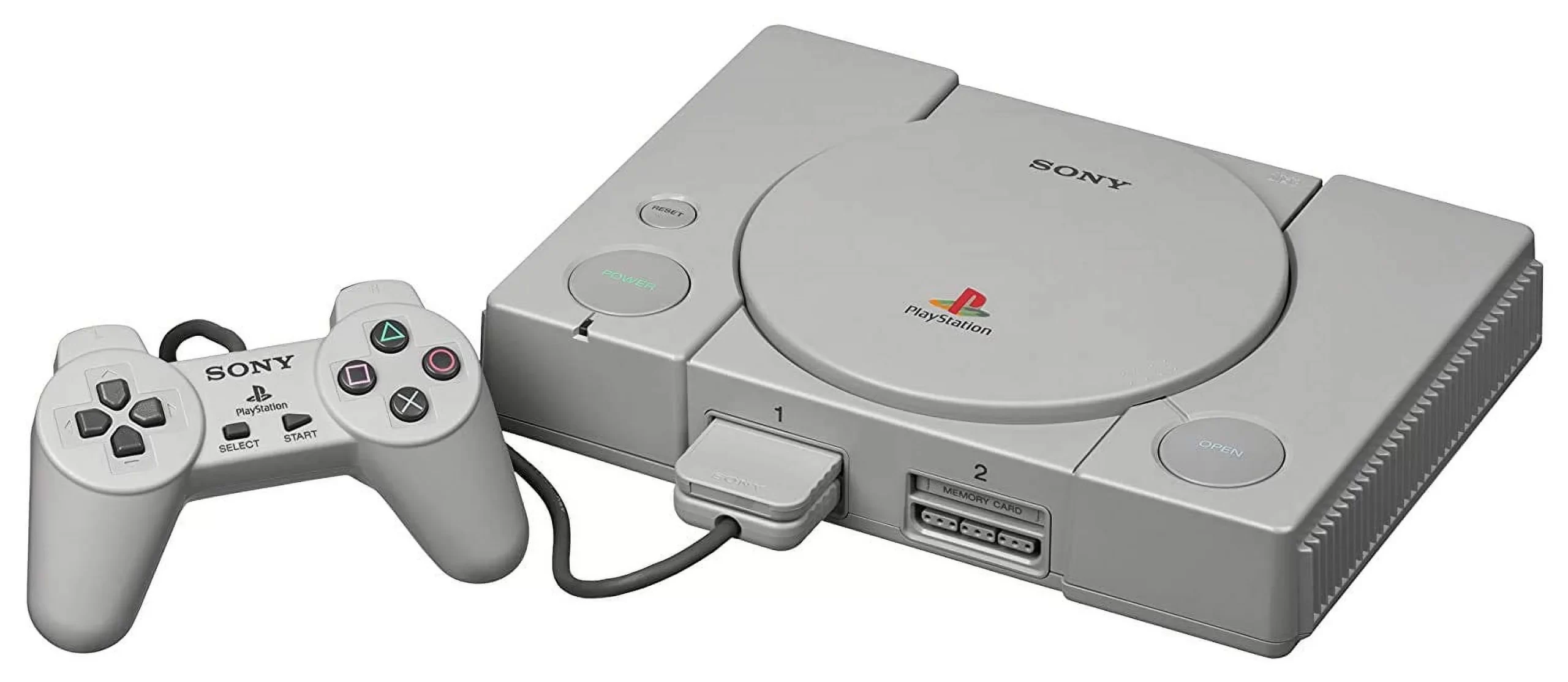The PlayStation 1: A 32-Bit Revolution in Gaming
The PlayStation 1 (PS1), Sony’s first foray into the console market, marked the beginning of a new era in video gaming. With its advanced 32-bit architecture, the PS1 redefined what gamers expected from their home console experience. I remember the year “Final Fantasy VII” was released; it was also the year I got my PlayStation. As a young child, the immersive worlds and intricate storylines that game offered had me hooked to the console, and the world of gaming, ever since.
Specifications
The PlayStation 1 was a powerhouse for its time, boasting:
- CPU: 32-bit RISC processor clocked at 33.8688 MHz
- RAM: 2 MB of main RAM, 1 MB of video RAM
- Graphics: Capable of rendering 360,000 polygons per second, with a maximum of 4,000 on-screen polygons, 16.7 million colors, and resolutions ranging from 256×224 to 640×480 pixels
- Audio: 24-channel PCM audio with a sampling rate of up to 44.1 kHz
- Storage: Proprietary CD-ROM format, with a typical game disc holding up to 650 MB of data
History
Sony released the PlayStation in Japan in December 1994 and in North America in September 1995. The console quickly gained popularity due to its powerful hardware, extensive third-party support, and an aggressive marketing campaign. Sony’s entry into the console market was a game-changer, literally, as it shifted the focus of power in the video game industry.
System Review
Design and Hardware
The PlayStation’s design was sleek and modern, with a gray finish and a distinctive set of circular buttons on the console itself. The controller introduced the now-iconic shape and layout that would become standard for future PlayStation consoles.
Gaming Library
Sony’s emphasis on third-party support paid off with a vast library of games that appealed to a wide audience. Iconic titles like “Metal Gear Solid,” “Resident Evil,” and of course, “Final Fantasy VII,” (Final Fantasy VII) showcased the console’s ability to deliver deep, narrative-driven experiences.
Audiovisual Experience
The PS1’s graphical capabilities were a significant leap forward from the 16-bit era. Games featured 3D environments and characters that were more complex and detailed than anything seen before on a home console. The audio quality was equally groundbreaking, with games utilizing CD-quality soundtracks to great effect.
Legacy and Personal Reflection
The PlayStation’s legacy is vast, with the console selling over 100 million units worldwide. It laid the groundwork for Sony’s dominance in the gaming industry and introduced many gamers to their first 3D gaming experiences. Personally, getting a PlayStation the year “Final Fantasy VII” came out was a defining moment in my childhood. The game’s sprawling narrative and cinematic presentation were unlike anything I’d played before, and it left a lasting impression that solidified my love for gaming.
Conclusion
The PlayStation 1 was not just a console; it was a cultural phenomenon that redefined entertainment for a generation. Its impact on the industry and on gamers’ expectations was profound. For those who want to delve deeper into the history of the PlayStation or revisit the classic “Final Fantasy VII,” here are some relevant links: PlayStation history and Final Fantasy VII. It’s a testament to the PS1’s legacy that those of us who started our gaming journey with it still look back with fondness and awe at the worlds it brought to life.
 Retro Replay Retro Replay gaming reviews, news, emulation, geek stuff and more!
Retro Replay Retro Replay gaming reviews, news, emulation, geek stuff and more!





